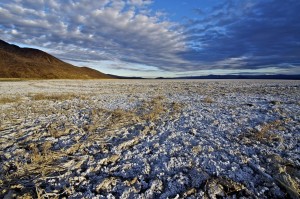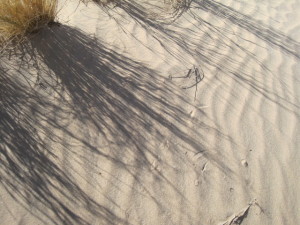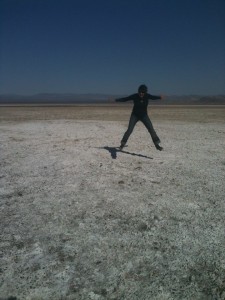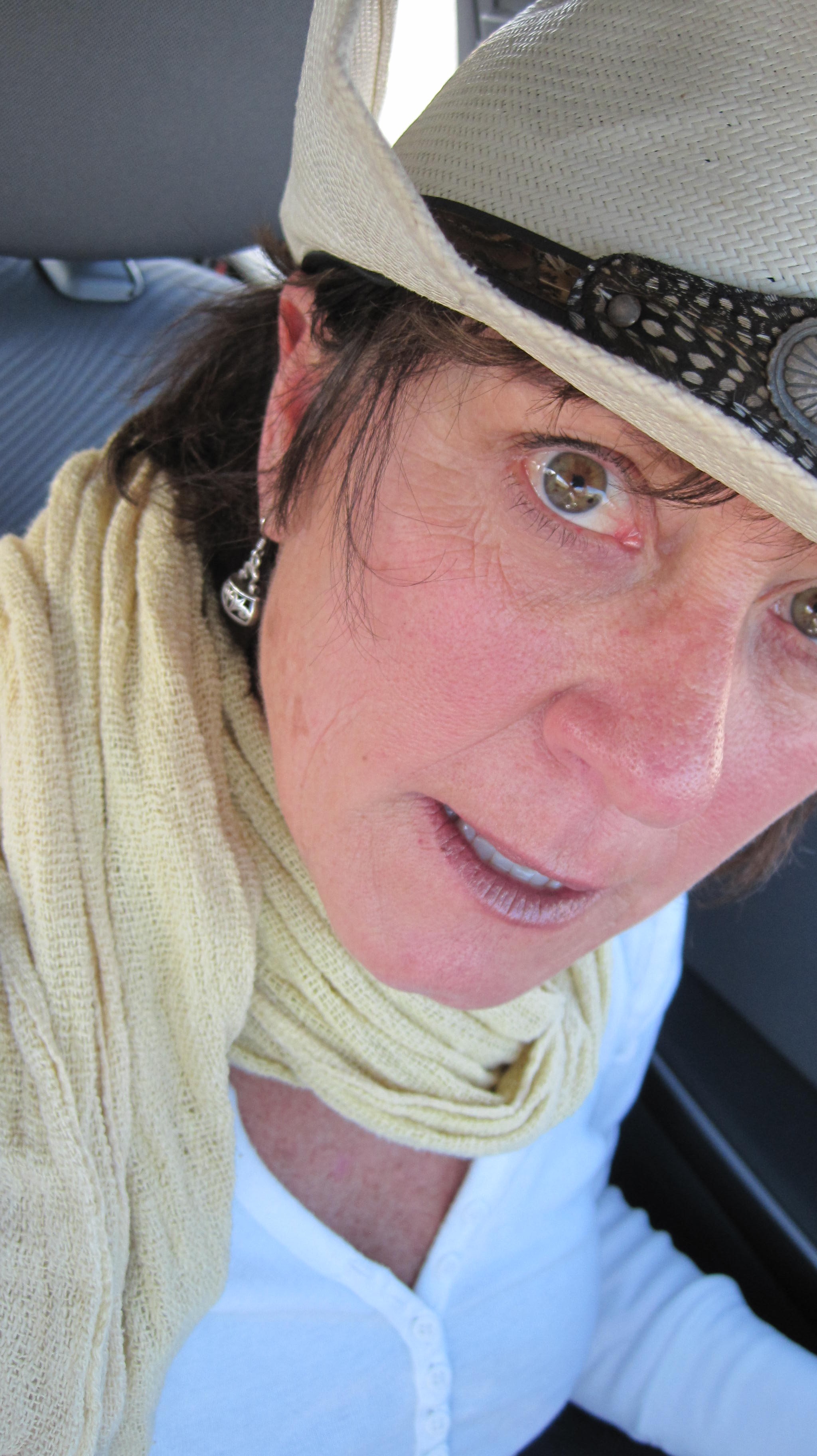 I read Abbey’s quote last Wednesday morning. It was typed onto a sheet of white paper and posted on a bulletin board in the Mojave National Preserve. The taste of freedom and the smell of danger sound a little like the mantra of a Cold War spy, but Abbey’s words about wilderness become an anthem in the vast high desert of the Mojave, one of my treasured places for solitude and silence.
I read Abbey’s quote last Wednesday morning. It was typed onto a sheet of white paper and posted on a bulletin board in the Mojave National Preserve. The taste of freedom and the smell of danger sound a little like the mantra of a Cold War spy, but Abbey’s words about wilderness become an anthem in the vast high desert of the Mojave, one of my treasured places for solitude and silence.
An hour earlier, I had awakened as first light crept over the Providence Mountains, unzipped out of my sleeping bag and pulled on a hoodie. My Jet Boil shimmied as water heated for my morning coffee. With mug in hand, I nestled into my camp chair and took in my vista of dun-colored hills, spiky plants and a tri-tone palette of green, brown and blue.
After coffee and granola and packing up my campsite, I drove to the Kelso Dunes, an undulating mountain range of sand that makes a basso profondo boom when conditions align, and the sand billows and cascades. Sand underfoot telegraphs the beach to me, but these dunes are parked in more than a million acres of federally protected desert lands between Las Vegas and Los Angeles. I see no one else as I hike an hour up into the dunes. Sand fills my shoes, and my calves ache. The soundlessness coats the inside of my head, which signals the presence of something large and healing.
 I’ve been a flatlander most of my life until I moved to Flagstaff 12 years ago this month. The landscape that imprints me is South Florida’s. In my waking and dreaming life it was tropical thickness, aggressive green, air saturated with smells of decay and flowers and the mildest whiff of salt. I internalized a landscape that is ferociously fertile, humidity that sheens the skin, and plant life that screams cha cha cha.
I’ve been a flatlander most of my life until I moved to Flagstaff 12 years ago this month. The landscape that imprints me is South Florida’s. In my waking and dreaming life it was tropical thickness, aggressive green, air saturated with smells of decay and flowers and the mildest whiff of salt. I internalized a landscape that is ferociously fertile, humidity that sheens the skin, and plant life that screams cha cha cha.
I found the Mojave National Preserve nine years ago when my friend Erica and I took I-40 from Flag to the L.A. area for one of Erica’s photo shoots. Even though our smartphones told us that the Mojave temperatures were well above 100 degrees, we wanted to see what was there and veered off the jangle of the interstate.
It was love at first sight.
Our brief detour on the potholed, two-lane roads that crisscross the preserve took us through three of the four major American deserts that meet here: the Mojave, Sonoran and Great Basin. Outside was exotica: Joshua trees, cinder cones, ghost towns, mountain ranges that folded shadows into their deep creases and river beds bereft of water. Nothing was familiar. It all looked harsh and pointy, not my go-to adjectives for the natural world around me. The landscape I grew up with nurtures waterlogs and oozes; this adopted landscape inspires, sedates and dares me to survive it.
 Am I drawn to the high desert because of its novelty? During my first visit nine years ago, it was a brave, new world. But since then, I’ve revisited the Mojave dozens of times to hike and explore and camp. I have never found it crowded or theme parked or burdened by mass appeal. Surely, the sheen of the desert’s newness has worn off as its familiarity has taken root. Now I chart the patterns of the scarce and blessed rainfall, the mood swings between the diurnal and nocturnal temperatures, the blooming seasons of the cactus.
Am I drawn to the high desert because of its novelty? During my first visit nine years ago, it was a brave, new world. But since then, I’ve revisited the Mojave dozens of times to hike and explore and camp. I have never found it crowded or theme parked or burdened by mass appeal. Surely, the sheen of the desert’s newness has worn off as its familiarity has taken root. Now I chart the patterns of the scarce and blessed rainfall, the mood swings between the diurnal and nocturnal temperatures, the blooming seasons of the cactus.
I’ve morphed from stranger in this strange land to someone with her citizenship, though I continue to find it curious that the cruel majesties of the Mojave beguile me the way they do. Maybe I am drawn here for that taste of freedom and that smell of danger Abbey says the wilderness gives us. But it feels more as if the Mojave wilderness answers questions I have never voiced and offers me a place to be still long enough to listen.

